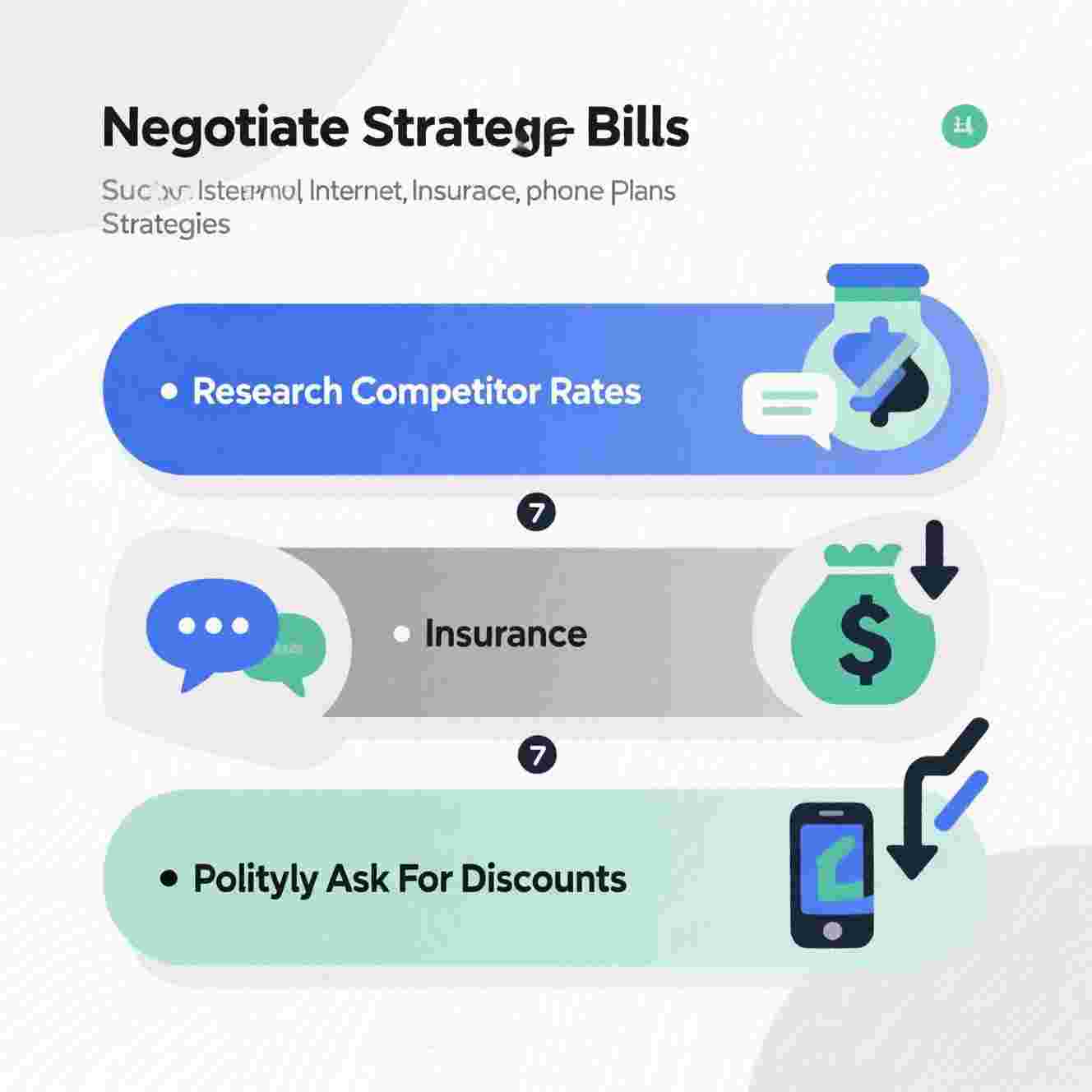The Ultimate Budgeting Method for Couples (With Free Templates)

Managing finances as a couple can be challenging, but a well-structured budgeting method can strengthen your financial partnership and reduce conflicts. Whether you're saving for a house, paying off debt, or planning for the future, the right budgeting strategy ensures transparency, accountability, and shared financial goals.
In this guide, we’ll explore the best budgeting techniques for couples, along with free downloadable templates to simplify the process.
Why Couples Need a Joint Budgeting System
Money is one of the leading causes of stress in relationships. A joint budget helps by:
-
Improving communication – Regular financial discussions prevent misunderstandings.
-
Aligning goals – Ensures both partners work toward shared objectives (e.g., vacations, homeownership).
-
Reducing financial conflicts – Clear spending limits minimize arguments over money.
-
Building trust – Transparency in finances fosters mutual accountability.
Best Budgeting Methods for Couples
1. The 50/30/20 Budget
A simple yet effective rule for managing income:
-
50% Needs (rent, groceries, utilities)
-
30% Wants (dining out, entertainment)
-
20% Savings/Debt Repayment (emergency fund, investments, loans)
Best for: Couples who want a flexible, easy-to-follow structure.
2. Zero-Based Budgeting
Every dollar is assigned a purpose, leaving no unallocated funds.
-
Track all income and expenses.
-
Assign every dollar to bills, savings, or discretionary spending.
-
Adjust monthly based on changing priorities.
Best for: Couples who want full control over their spending.
3. The Envelope System (Cash Budgeting)
Allocate cash into envelopes for different spending categories (e.g., groceries, entertainment). Once the cash is gone, no more spending in that category until the next month.
Best for: Couples who struggle with overspending on discretionary items.
4. Proportional Budgeting (Percentage-Based)
Split expenses based on income ratios. For example:
-
If Partner A earns 60% of the household income, they contribute 60% to shared bills.
-
Partner B (earning 40%) covers the remaining 40%.
Best for: Couples with significant income disparities.
How to Create a Couples’ Budget in 5 Steps
Step 1: Set Financial Goals Together
Discuss short-term (vacation, debt payoff) and long-term (retirement, home purchase) goals.
Step 2: Track Income & Expenses
List all sources of income and fixed/variable expenses. Use apps like Mint, YNAB, or Google Sheets.
Step 3: Choose a Budgeting Method
Select a system (e.g., 50/30/20, zero-based) that aligns with your financial habits.
Step 4: Assign Spending Categories
Decide on shared vs. personal expenses. Some couples prefer:
-
Joint account for bills + individual "fun money" accounts
-
Fully merged finances
Step 5: Review & Adjust Monthly
Hold a monthly "money date" to assess spending, adjust budgets, and stay on track.
Free Budgeting Templates for Couples
To make budgeting easier, download these free templates:
-
Monthly Budget Planner – Track income, expenses, and savings.
-
Debt Payoff Tracker – Visualize progress on loans/credit cards.
-
Shared Expense Sheet – Split bills proportionally.
-
Financial Goals Worksheet – Outline short & long-term objectives.
[Download Free Templates Here] (Insert link to Google Sheets/PDF downloads)
Final Tips for Successful Couples’ Budgeting
-
Be transparent – Share all financial accounts and debts.
-
Compromise – Find a middle ground on spending habits.
-
Automate savings – Set up auto-transfers to savings/investments.
-
Celebrate milestones – Reward yourselves for hitting financial goals.
Conclusion
A well-planned budget strengthens financial harmony in relationships. By choosing the right method and using the provided templates, couples can reduce stress, achieve goals, and build a secure financial future together.
Start budgeting today—download your free templates and take control of your finances as a team!







